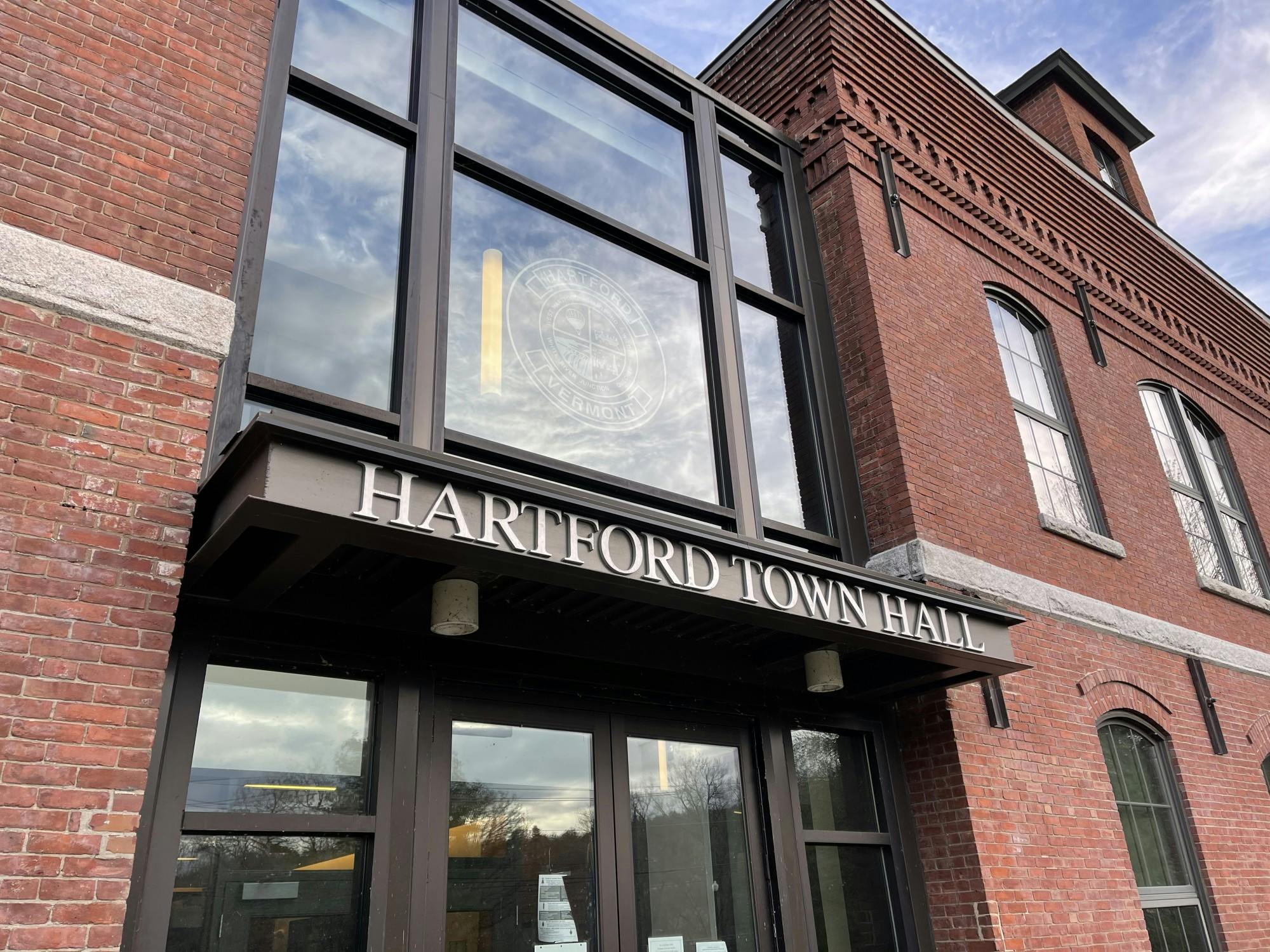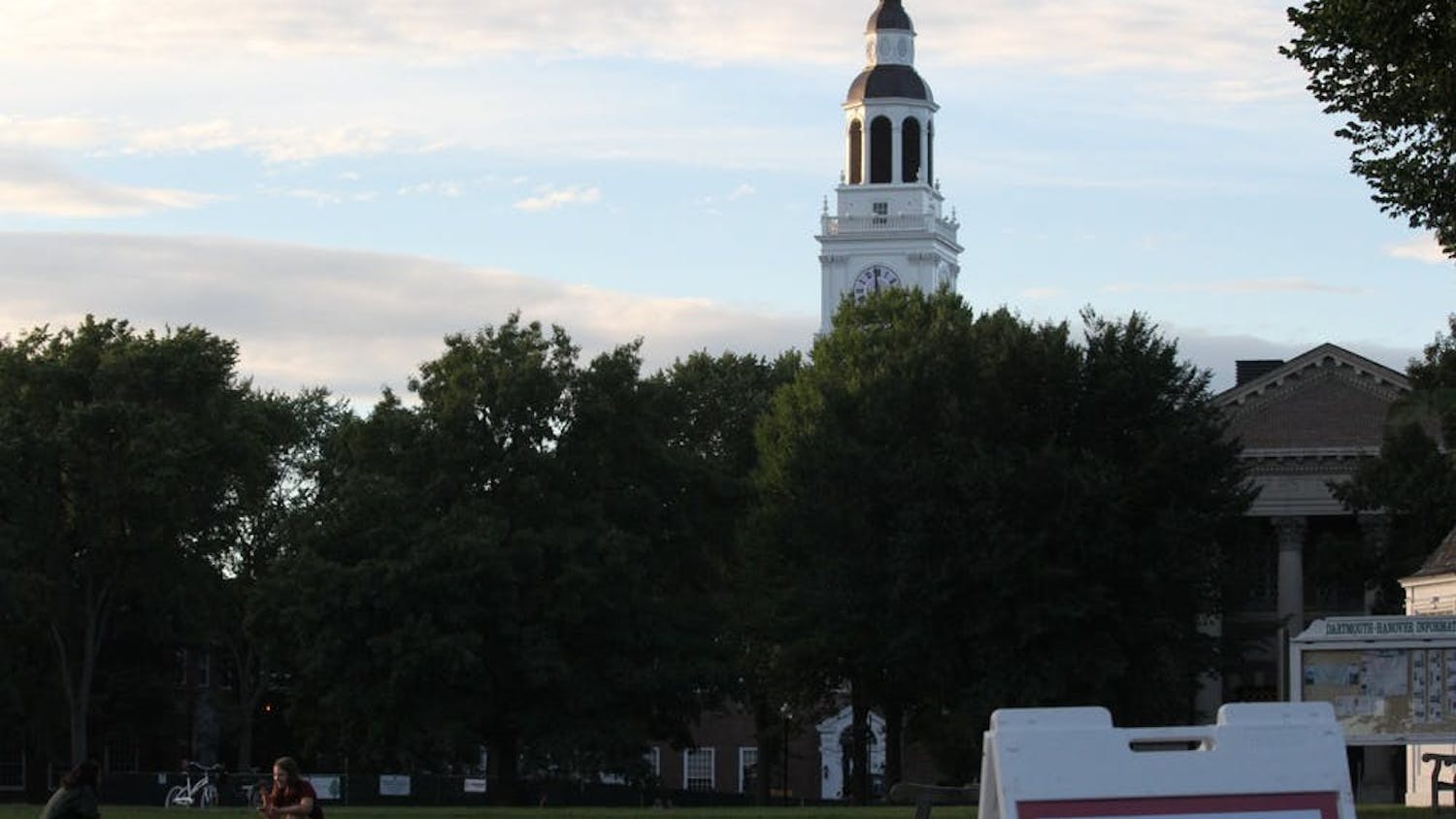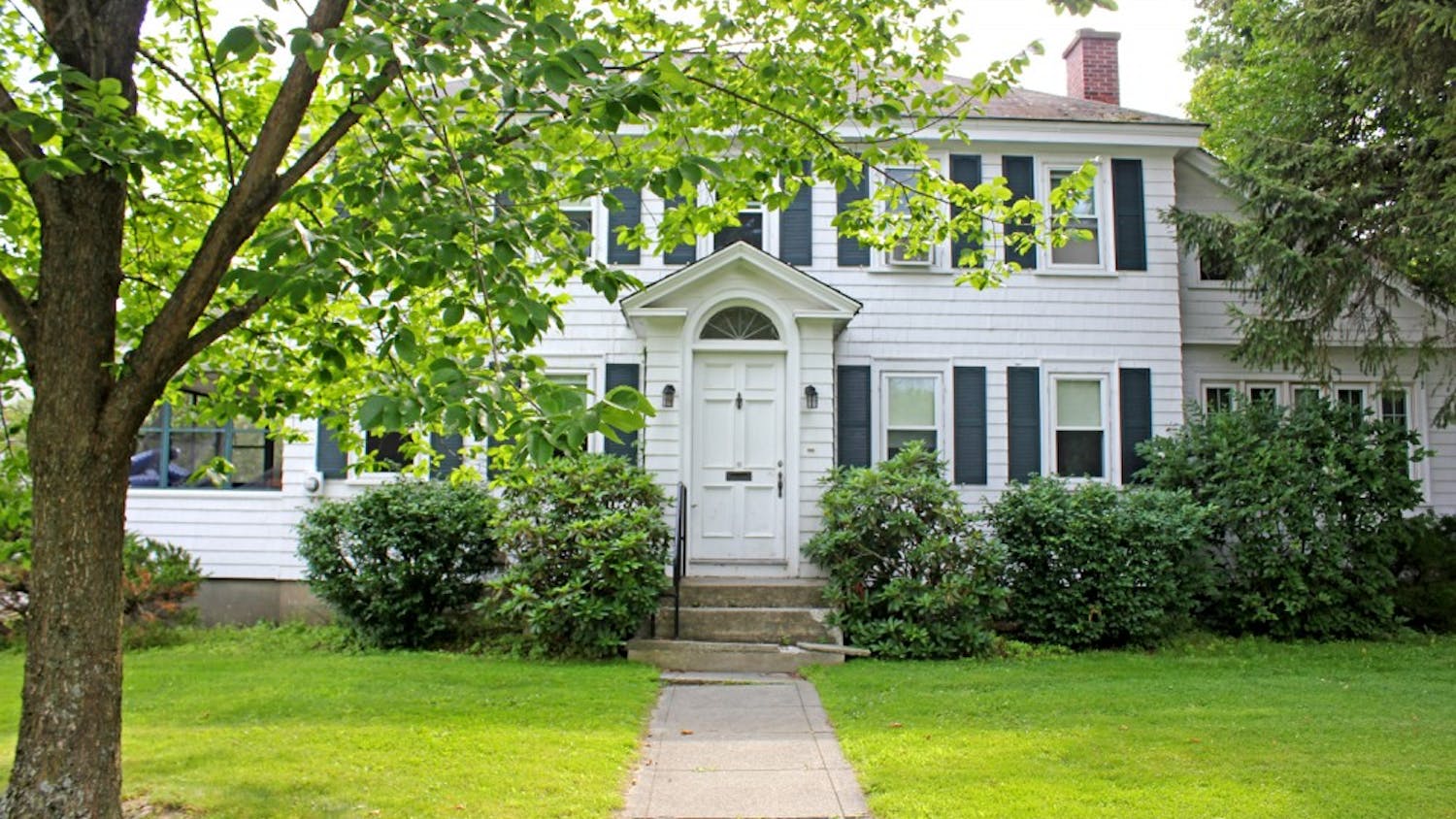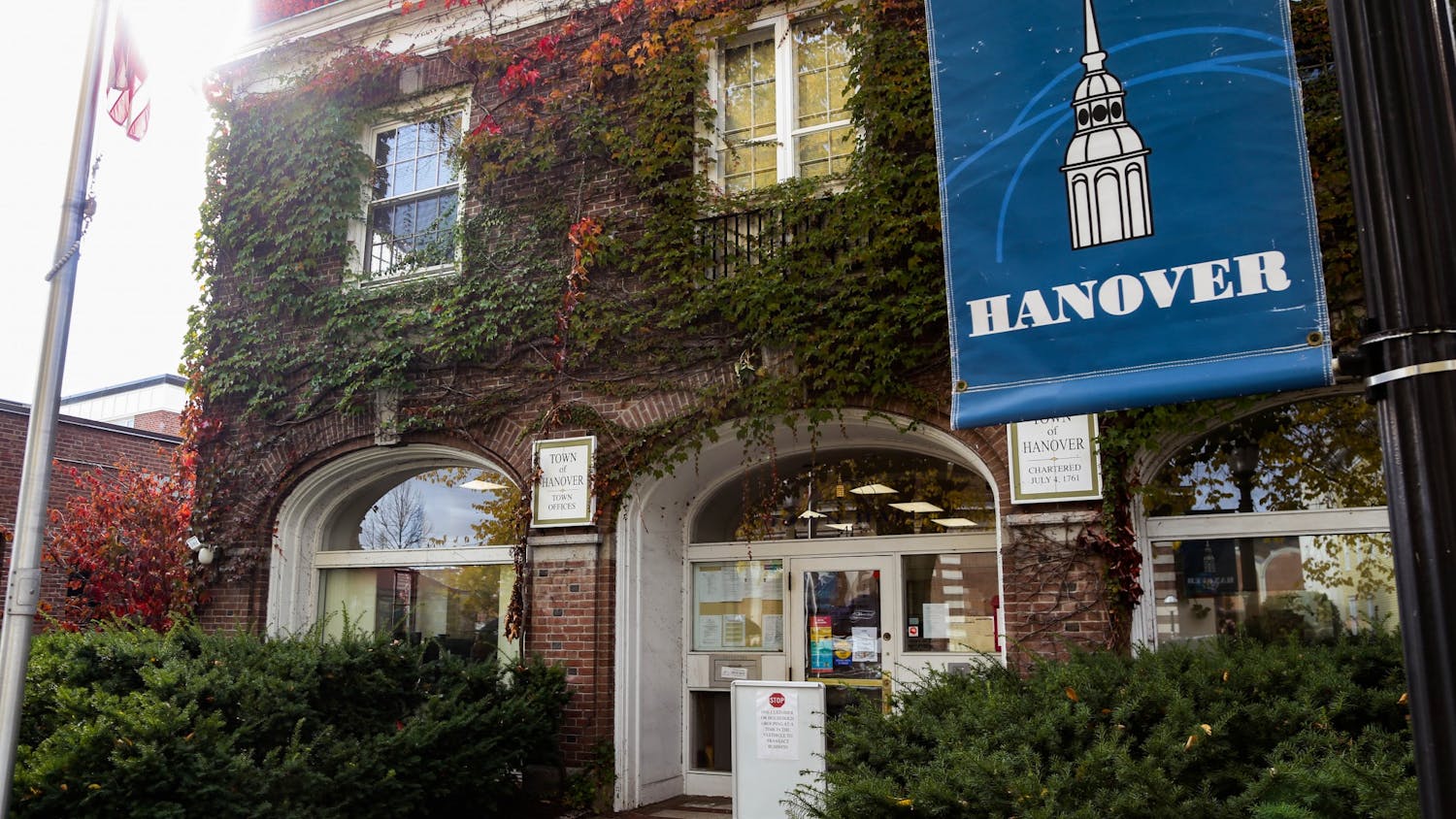With housing in the Upper Valley notoriously difficult to find, the town of Hartford, Vermont has rezoned two zoning districts for mixed-use development — property built with residential and commercial or industrial use — which could increase the number of housing units. Meanwhile, other towns in the Upper Valley have also considered rezoning districts.
Hartford’s Selectboard voted on March 23 to rezone two districts for mixed-use development. According to Hartford town planner Matt Osborn, one district lies on Route 5 in White River Junction near the intersection with Route 4, while the other lies on Route 4 in Quechee, near the intersection with Waterman Hill Road.
The district in White River Junction was previously zoned for industrial or commercial use, while the district in Quechee was previously zoned for highway or commercial use, according to Osborn. He added that rezoning will go into effect on April 13.
Osborn said that although the district in White River Junction is “pretty small,” several properties in that district already have development on them. He added that the rezoning would allow for business owners to rent out their buildings for residential use, which was not allowed under the previous zoning in that district.
Rezoning in the Quechee district is noteworthy, Osborn said, because the district is a “significantly large area” and has vacant properties that offer more opportunities for development. He added that a property owner recently became interested in building a single family development on the Quechee lot, though the town has yet to receive a proposal.
Retired economics professor Bill Fischel said that traditional zoning laws divide land into residential, commercial and industrial areas. Normally, residential and commercial zones are separated from industrial zones as “neatly as a checkerboard pattern” so that the people living in residential zones are not disturbed by industrial areas, he said.
Fischel added that while mixed-use development isn’t new, interest in it has increased in the last decade since zoning laws can now “tailor the kinds of [property] uses much more carefully than they used to be able to.”
He said that in some cases, it is beneficial to have zoning that allows residential uses to be mixed in with commercial or even industrial uses.
“The advantage of that for [residents] who would end up in these mixed-use properties is that they can save on transportation costs, they can walk down [to the] store instead of having to drive in their car to go get a gallon of milk or do general shopping,” he said.
The town of Thetford, Vermont, which lies across the river from Lyme, has also considered reworking its zoning regulations. Chair of Thetford’s planning commission David Forbes said that Thetford is modifying its zoning bylaws to introduce neighborhood residential zoning, which previously did not exist in Thetford.
According to Forbes, neighborhood residential zones tend to have a minimum lot size of about 20,000 square feet and are typically less dense than village residential areas or commercial centers.
The introduction of neighborhood residential zoning in Thetford would allow rezoning of a portion of Post Mills — a village in Thetford — from a village residential area to a neighborhood residential area, Forbes said, adding that rezoning aims to preserve “the character of the town” by concentrating major commercial development in the village center and keeping the surrounding area mostly residential.
Forbes declined to name any further proposal plans regarding rezoning, adding that these changes are in their early stages of development.
According to Fischel, the Upper Valley is experiencing a housing shortage partially because “zoning is much too strict,” noting that to build a house in a rural sector, one would need to own 10 acres of land, which “only billionaires and millionaires can afford.”
As a result of the large lot size to build homes, Fischel said that in many towns, particularly Hanover, developers can’t build enough housing to satisfy all the demand, contributing to high housing prices. Fischel added that this in turn causes faculty, students and staff to live farther away from campus, which is “quite unproductive.”
“We need to be less restrictive about zoning in our rural areas so that we can have more normal development that faculty, students and staff could actually afford close into town,” he said.
According to Osborn, the Upper Valley has experienced fluctuations in housing development since the 1970s. Though planned developments contributed to rapid housing growth in the 1970s and 1980s, he said, the pace of construction slowed in the 1990s before picking up again in the early 2000s.
Osborn added that Lebanon has more residential development than Hartford — partially, he said, as a result of Act 250, a Vermont statewide land development law that judges development applications by 10 criteria, including the impacts that development will have on water supply, transportation, and educational and municipal services.
Daniel Modesto ’24 is the News executive editor. He is from Brooklyn, New York, and is a Native American and Indigenous Studies major modified with Latin American, Latino and Caribbean Studies.




